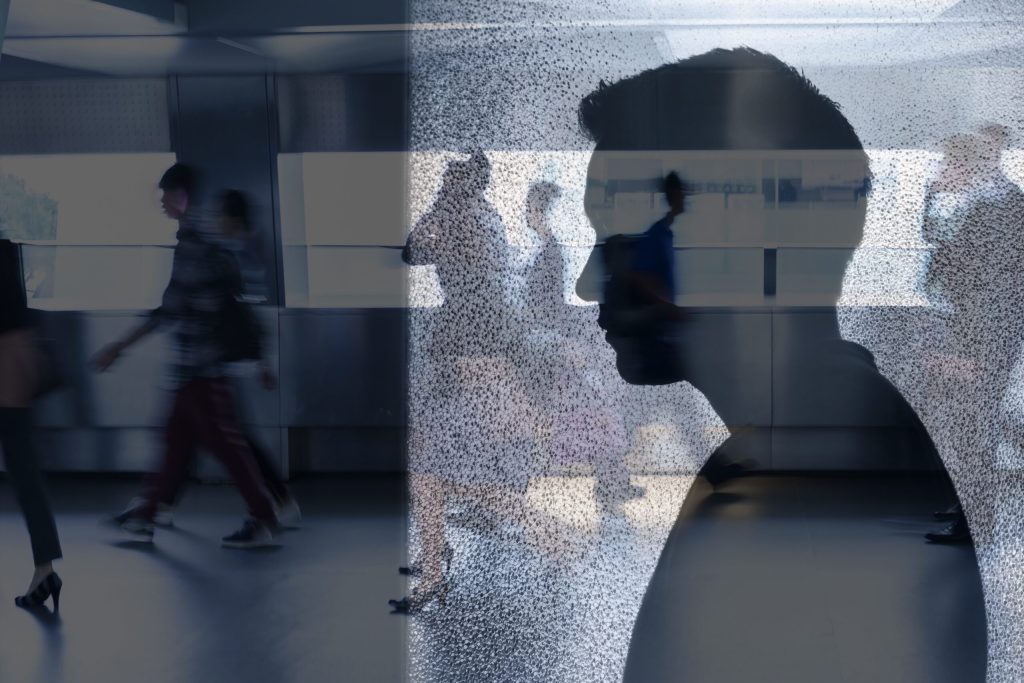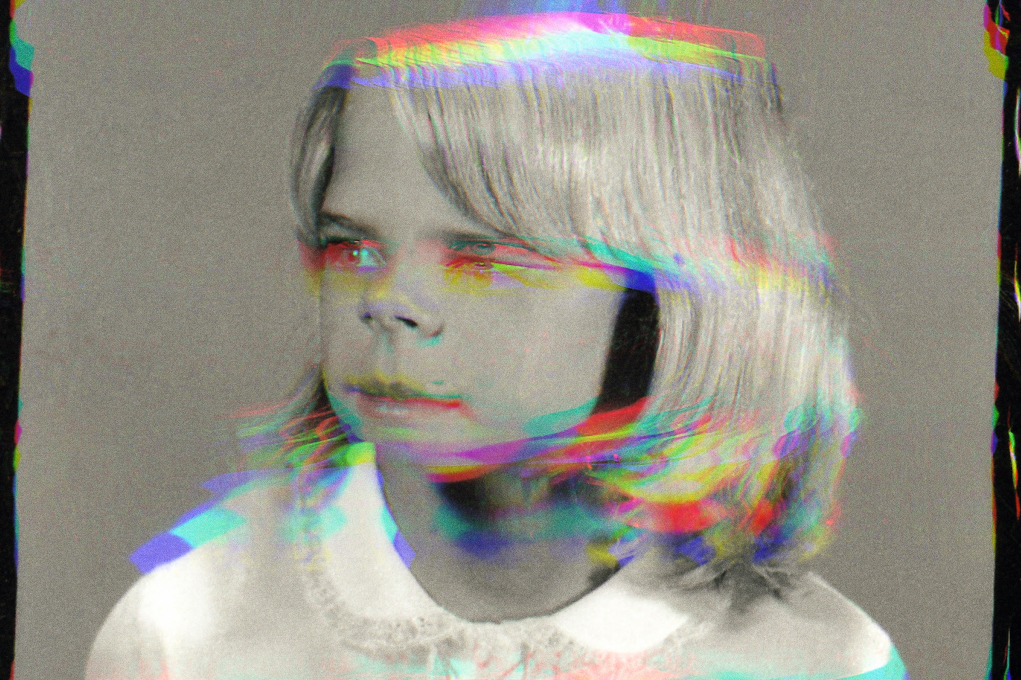The enemy of photography is convention,
the fixed rules of “how to.”
This is a quote from one of the most important figures of the photographic avant-garde, Laszlo Moholy-Nagy; I read it within the photographic exhibition titled DON’T – Photography and the art of mistakes at the San Francisco Museum of Modern Art (SFMOMA); I dwelt on it not only for the photographs themselves but for the reflections and metaphor it represents for the life of every human being.
I have already addressed the topic of the magical power of failure in another article, and this exhibition deals specifically with some mistakes in the world of photography that allowed the creation of real “new techniques.”
The title, DON’T, takes its cue from an article by Alfred Stieglitz, “Twelve random don’ts,” published in 1909, which mocked lists that stated what constituted a good or bad photograph. Modern art was partially built on the systematic subversion of rules in a historical era when an ideology based on what was right or wrong dominated. Between 1920 and 1950 some photographers turned the most common technical mistakes, including blurring, overlaying, and solarization, into aesthetic statements. Let’s look at some of them together:
Solarization: an umbrella term for a range of overexposure techniques, both of the negative while still in the camera and of the print during development in the darkroom. The excess light, in effect, causes a partial reversal of tones.
Modernist photographers revealed the different ways in which they could use the unpredictable nature of solarization to add possibilities to their work and create a surreal atmosphere.

Out of focus: one of photography’s greatest strengths is its ability to represent the world with clarity and truthfulness. Driven by a desire to bend and break the rules, many modernist photographers reversed this central principle by deliberately producing out-of-focus photographs, thereby demonstrating that photography can conceal as much as reveal.
Double exposure: a typical mistake made by amateurs who fail to advance their rolls of film or change glass negatives. When it happens, it is not discovered until the photograph is developed.
Being able to make two different realities exist simultaneously in the same frame suited modernist photographers’ interests in psychoanalysis; the dreamlike effect seems to give visual form to unconscious thoughts and desires. For example, superimposed nude bodies suggest psychosexual overtones, just as, superimposing two slightly shifted views of the same subject can also convey a sense of dual personality.
Themotion effect: while normally a photographer wants to freeze the motion of an object, if the object moves too quickly it will register on the film as a blur. This is due to the fact that photography cannot capture “frozen” moments in time, but rather very short durations. If the camera is stationary, the moving object may also appear stretched or otherwise distorted. To avoid this, photographers should use a high shutter speed, adequate light, and high-sensitivity film.
The increasing speed of contemporary life fascinated modernist artists working in a variety of fields. Photography also accelerated, with new technologies producing snapshots that replaced older formats that needed longer exposure time. Modernist photographers aspired to the motion effect for its ability to articulate speed and movement; much more than double exposures, blurred portraits represented a way to give visual form to psychological states.
Reflections: like double exposures, reflections offered modernist photographers the opportunity to represent two realities in the same photograph, visible to naked eyes and camera lenses.
Shadows: if a photographer stands between the subject and the sun, his or her shadow may enter the frame from the bottom edge. This common mistake disrupts the composition and diverts attention from the primary subject and also has the deleterious effect of revealing the photographer’s presence, destroying the illusion of the camera as an impartial gaze. To eliminate these shadows, the photographer should stand with the sun to one side or photograph on a day with more diffuse sunlight and clouds.
Modernist photographers valued shadows, particularly those of their silhouettes, because they reminded the viewer that someone was behind the camera orchestrating the shot. For these artists, photography was not just a copy but an impression of the world.
Why did I as a coach want to devote an article to this exhibition and, in particular, to the art of mistakes?
Because what in essence are Coaching, resilience and so many other concepts that belong to the coaching world like Samuel Beckett’s “fail faster, fail better!” if not an intelligent, creative use of mistakes to connect the dots and put (or put) the pieces back together in a way that is functional to our time, our goal, our purpose, our goals and… to our direction, stepping out of the box, thinking “out of the box,” going beyond those rules/limits we have? And it doesn’t matter if someone else instilled them in us or if we instilled them in ourselves, it matters the fact that on those mistakes, those limits we can really build our art.
That is why, as I have written other times, I have fallen in love with Coaching: because it does not have to do with giving others recipes or pre-packaged formulas for success or happiness or teaching them how to do it, but it is about helping them find their own direction, their own way, their own answers and their own “how to.”
That is why with all due respect to the quote with which I opened this article I would like to take a little “poetic” or, rather, authorial license to write:
The enemy of life is convention, the fixed “how-to” rules.
Thank you
Emanuela
You may also be interested in
All articles
Loneliness in the Age of Communities
Mother Teresa called loneliness the most terrible poverty, associating it with the feeling of…

Doctor-patient relationship: the placebo effect of communication
I start with a quote from Prof. Fabrizio Benedetti, professor of neuroscience at the…

Feedback: when the sandwich becomes an omelet
How many times have you heard about how important feedback is? And how crucial…

